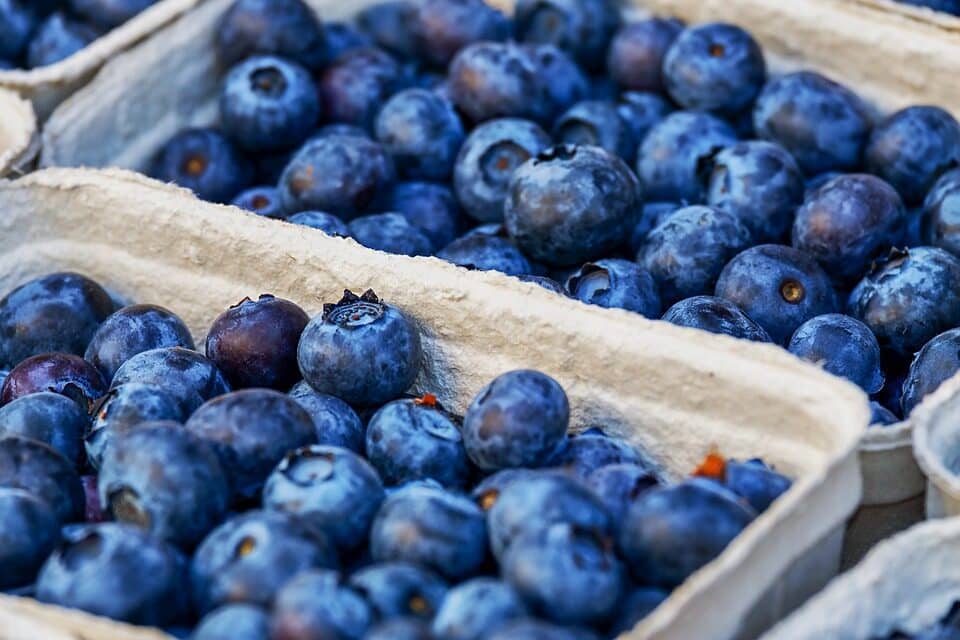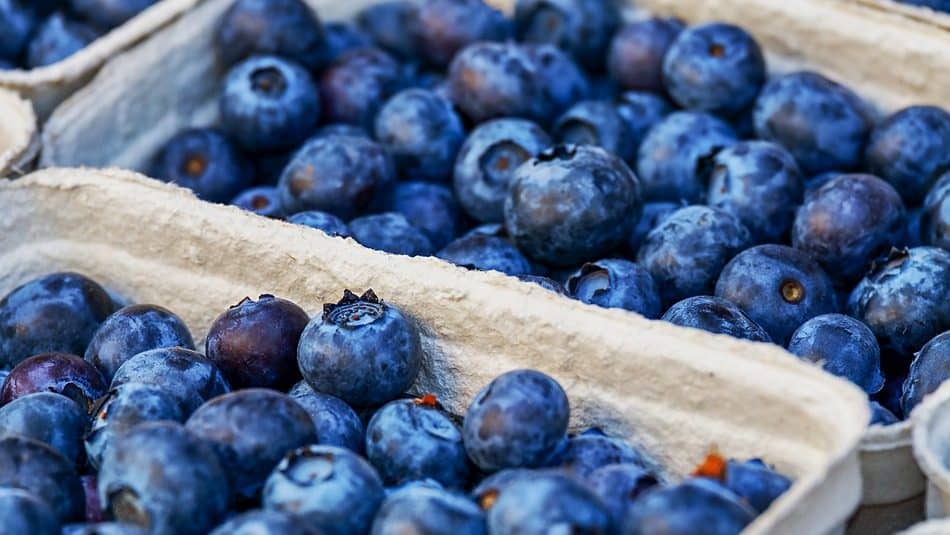Some of the foods we eat have quite the history! And one of them happens to be the brilliant fruit with a star on the top—the blueberry.
The only way we could enjoy a blueberry up until very recently was to go out and find it growing wild in North America. But of course, we’ve found a way to tame it and bring it into our homes—though this wasn’t without a fight.
So sit back, and let’s get into the very rich history of the blueberry!

In another fantastic episode of How Does It Grow? from True Food TV, we get to spend a little time getting to know this adorable fruit. They let us in on how the blueberry was used before North America was colonized, how we turned the wild blueberries into a dependable crop, and how they make it onto our tables. It’s a fascinating story that we all need to hear. Check it out…
Who knew, right? I for one will never look at a blueberry the same.
So, what other foods have a rich history?
Well, for one, there’s the potato. How Does It Grow? has also created a video all about this popular spud (you should head over to their channel to check it out!) and we’ve even written an article on how it may even be the reason we’re here today! Take a look…
The more that we know about where our food comes from, the healthier we’ll be, both in body and mind. Gratitude is very often the most important by-product of greater knowledge. There’s a history to everything, and knowing it always informs and improves our decision making, in general, as well as what we bring into our bodies.
As always folks, stay open to new possibilities! You may be surprised by the journey some of your favorite foods have gone on.
- Sam
“No problem can be solved from the same level of consciousness that created it.” —Albert Einstein

Don’t miss out on a single article!
Enjoy unlimited access to over 500 articles & podcast that give you a positive perspective on the state of the world and show you practical ways you can help.
Notes:
- “BLUEBERRY | How Does It Grow?” YouTube, TRUE FOOD TV, 16 July 2017, www.youtube.com/watch?v=aB9U1wTsx2c. Accessed 10 Oct. 2018. ↩








